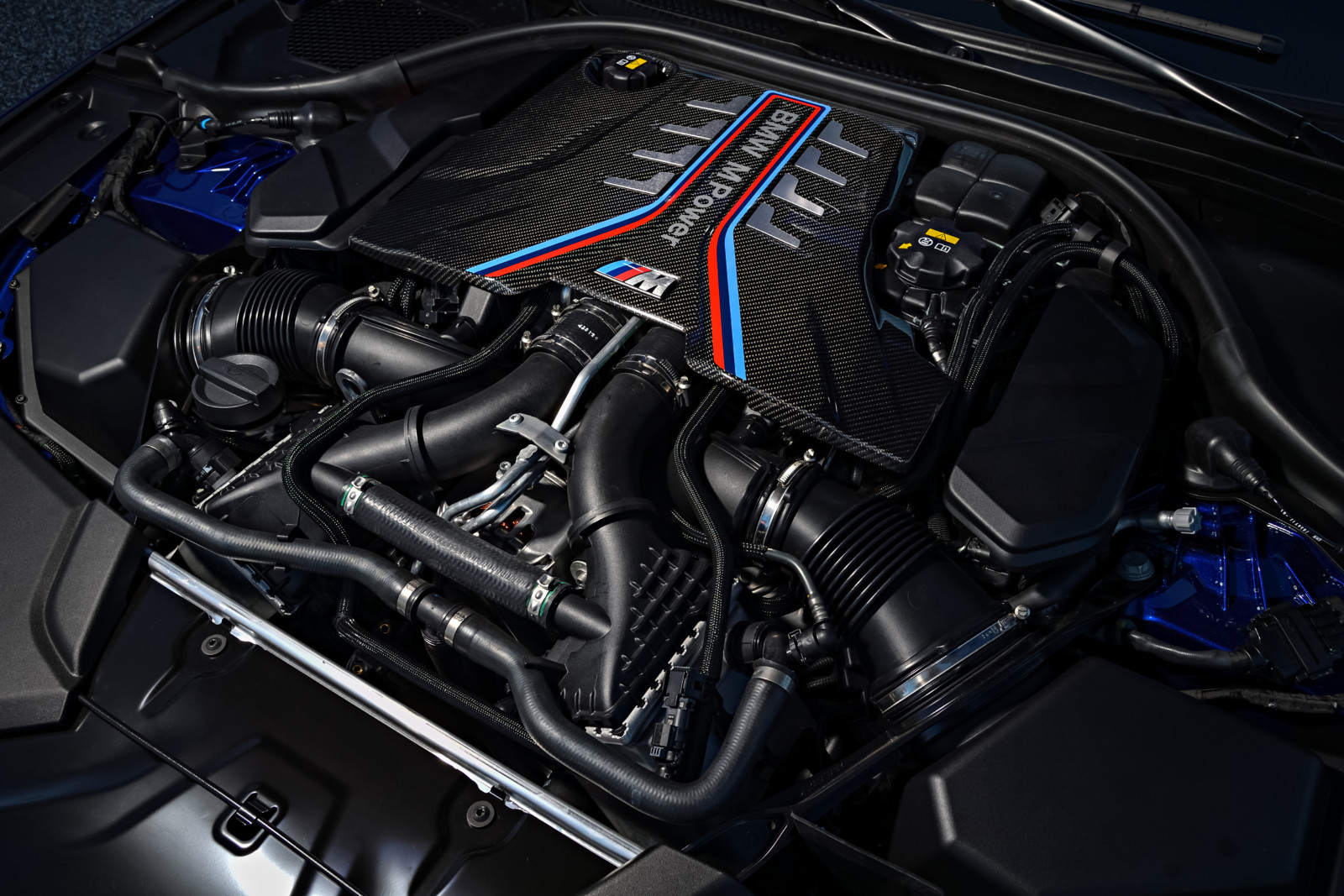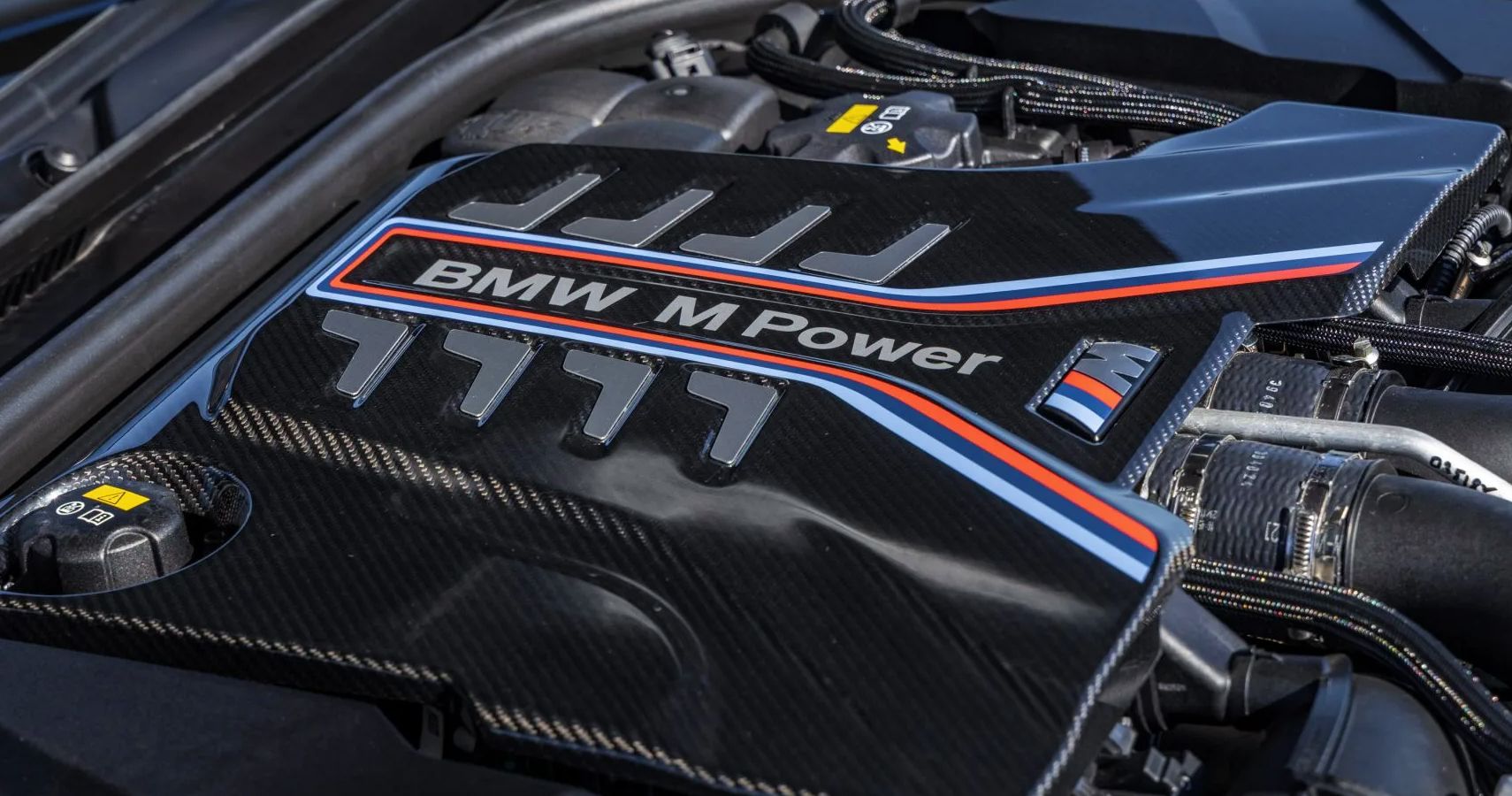The Advancement of the BMW Engine: A Look Back at Iconic Models
The Advancement of the BMW Engine: A Look Back at Iconic Models
Blog Article
Introducing the Intricacies of Next-Generation Power Units: a Deep Study Advanced Engine Innovations and designs
In the world of automotive design, the relentless quest of performance, sustainability, and efficiency has moved the development of power units to unmatched heights. As we depend on the precipice of a brand-new period in transport, the ins and outs of next-generation engine styles bid us to check out the cutting-edge modern technologies and innovations that guarantee to redefine the driving experience. From innovative materials that press the borders of resilience and weight decrease to advanced turbocharging and supercharging systems that boost power result to new levels, each component of these power units holds a crucial to opening the future of automotive design. Delving much deeper into the realms of exhaust control, smart engine monitoring systems, and the horizon of power unit development, we find ourselves on the cusp of an improvement that guarantees to improve the landscape of wheelchair as we understand it.
Development of Engine Materials

The change in the direction of advanced engine products has additionally made it possible for designers to create engines with higher power outputs while maintaining fuel efficiency requirements. As an example, using lightweight products decreases the total weight of the engine, resulting in boosted gas economy and lower exhausts. Additionally, improvements in products modern technology have actually allowed for better thermal management within engines, causing raised dependability and durability.
Turbocharging and Supercharging Technologies
Just How do Turbocharging and Supercharging Technologies transform engine performance and effectiveness in contemporary vehicles? Turbocharging and turbo charging are innovations that dramatically enhance engine efficiency by enhancing the quantity of air intake into the combustion chamber. Turbocharging attains this by using a wind turbine driven by exhaust gases to pressurize the consumption air, while supercharging utilizes a belt- or chain-driven compressor to achieve the very same effect.
These technologies allow smaller, more fuel-efficient engines to produce power equal to bigger ones, called downsizing. By forcing even more air into the cylinders, turbocharging and supercharging improve combustion performance, causing boosted horsepower and torque output without a significant increase in engine size. This leads to far better velocity, hauling capability, and general driving efficiency.
In addition, turbocharging and supercharging contribute to enhanced gas efficiency by permitting the use of smaller engines that consume less fuel under typical driving problems - bmw engine. This combination of enhanced performance and performance has made turbocharging and turbo charging integral components of several contemporary engine styles
Exhaust Control and Environmental Effect
With raising global worries pertaining to air top quality and environmental sustainability, the execution of emission control innovations in automobiles plays a critical duty in reducing unsafe pollutants released right into the atmosphere. Modern cars are outfitted with innovative discharge control systems that help decrease the ecological influence of auto operations. Catalytic converters, as an example, are developed to transform toxic gases such as carbon monoxide, nitrogen oxides, and hydrocarbons into much less unsafe compounds like carbon dioxide and water vapor.
Moreover, advancements in engine innovation, such as the assimilation of exhaust gas recirculation systems and discerning catalytic reduction, have actually dramatically added to lowering emissions. These modern technologies operate in tandem to maximize combustion effectiveness and reduce the release of damaging toxins right into the air. In addition, the advancement of crossbreed and electric cars stands for a crucial step in the direction of minimizing the overall environmental footprint of the transport field.
Intelligent Engine Monitoring Equipment

Moreover, these systems allow cars to meet strict discharges standards without jeopardizing performance, providing a much more ecologically pleasant driving experience. The integration of expert system and machine understanding abilities in engine management systems proceeds to press the limits of what is feasible, leading to additional enhancements in effectiveness, integrity, and overall automobile efficiency. bmw engine. As auto innovation advances, visit our website smart engine monitoring systems will certainly play a crucial role fit the future of transport towards a much more efficient and lasting direction
Future Trends in Power System Advancement
As smart engine management systems pave the means for improved control and optimization in contemporary cars, future fads in power device advancement are positioned to redefine the landscape of vehicle propulsion innovations. These alternate power sources provide improved performance and performance while straightening with rigorous environmental policies.
Another significant pattern is the assimilation of sophisticated products and making techniques. Lightweight materials such as carbon fiber and light weight aluminum are being made use of to minimize overall automobile weight, improving fuel performance and performance. In addition, developments in 3D printing and additive manufacturing are allowing the manufacturing of complicated engine components with higher precision and longevity.
Moreover, synthetic intelligence and artificial intelligence are playing a vital function in optimizing power device efficiency. These technologies enable real-time tracking and flexible control, leading to extra reputable and reliable power shipment. On the whole, future trends in power system development are geared in the direction of sustainability, efficiency, and efficiency, driving the automotive industry towards a brand-new period of propulsion innovations.

Verdict
To conclude, the innovations in engine materials, turbocharging, emission control, and intelligent monitoring systems have actually led the means for next-generation power units. These developments have not only better performance and effectiveness however also lowered ecological impact. As innovation remains to develop, future patterns in power system development are likely to concentrate on more boosting sustainability and optimizing power output. The detailed designs and advancements in contemporary engines display the ongoing advancement of automotive technology.
Checking out the dynamic developments in engine products has actually been crucial in boosting the performance and performance of modern engines. Over the years, the evolution of engine products has actually played visit their website a crucial function in pressing the borders of what engines can attain.The change in the direction of progressed engine materials has actually also enabled designers to create engines with greater power outcomes while keeping gas effectiveness requirements.The application of smart engine administration systems in modern automobiles has changed the way engines are controlled and maximized for efficiency and efficiency. By collecting data in real-time and evaluating it with advanced formulas, smart engine administration systems can adjust to driving designs, ecological variables, and engine wellness to optimize power outcome while lessening fuel consumption and emissions.
Report this page